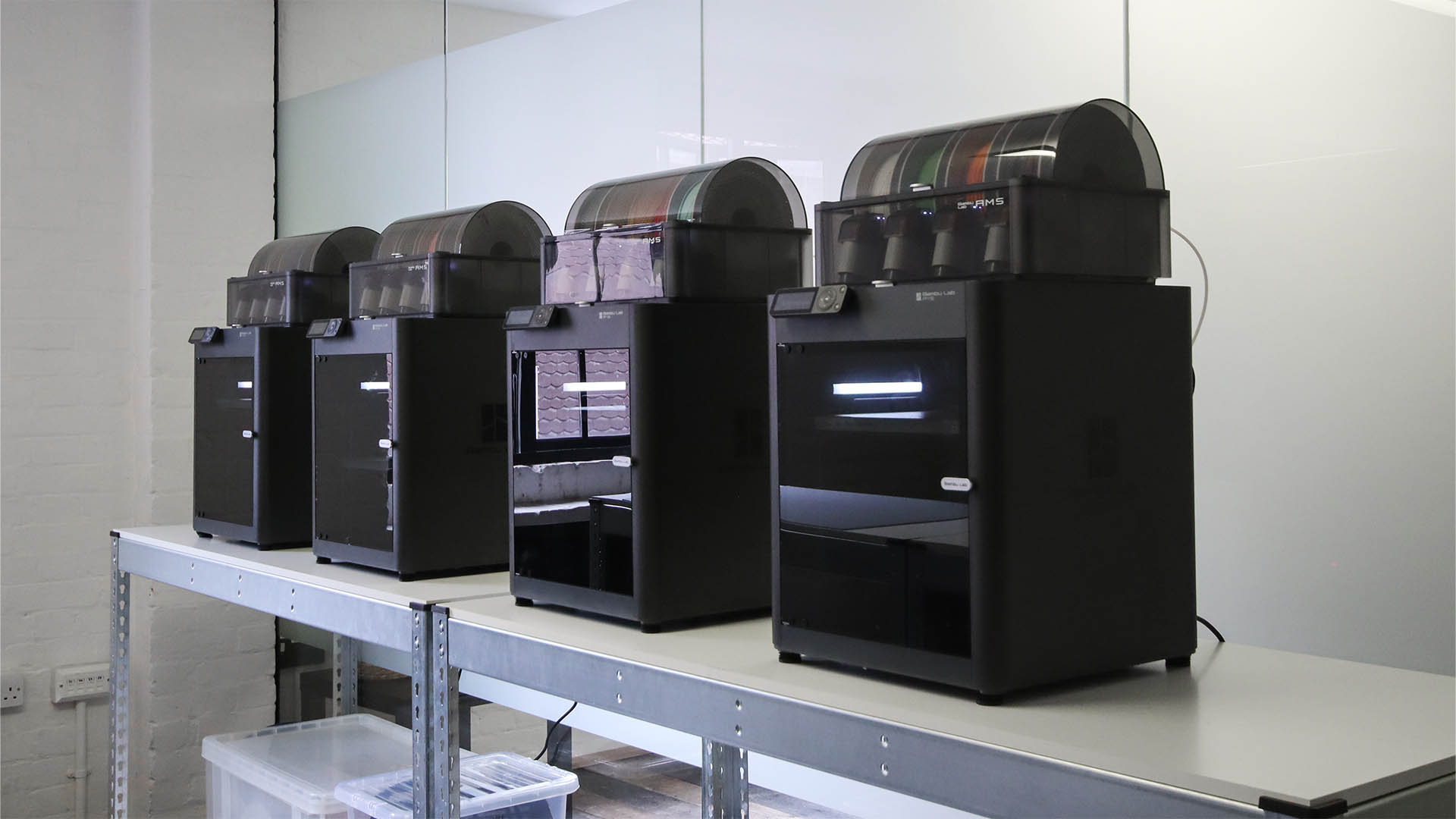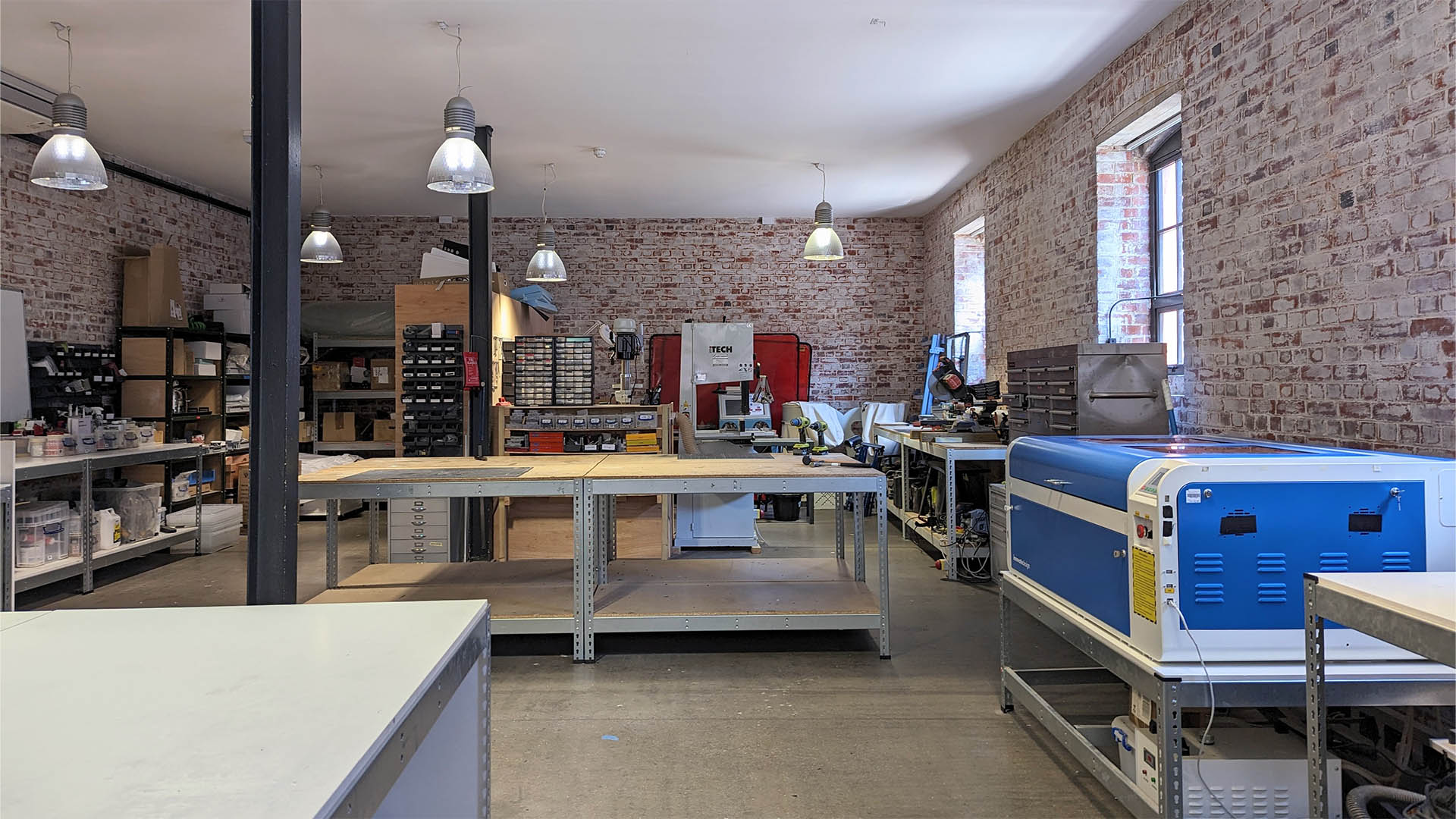3D printing Methods
Stereolithography (SLA)
The lab's SLA printers produce highly detailed prototypes. These machines build part by curing layers of resin with a laser or UV LCD display. They offer a high level of precision, making them ideal for creating functional prototypes with intricate features.
Innovate Design's SLA printers can handle a variety of polymers, providing clients with a wide range of options to meet their specific requirements.
Fused deposition modelling (FDM) Printers
Innovate’s 3d print lab now includes 4 enclosed FDM printers. FDM printer push metled plastic through a nozzle and build parts layer by later. It is a cost-effective, rapid prototyping solution suitable for iterative design processes and quick turnaround times. Their speed and price make them ideal for highly iterative development.
Innovate Design also makes use of external print labs for specialist requirements such as SLS and MJF printing.
Selective laser sintering (SLS)
SLS produces parts by sintering powdered plastic with a laser. It can produce strong parts but can be more expensive than SLA and FDM.
Multi Jet Fusion (MJF)
MJF is an advanced 3D printing technology that produces high-quality, functional parts with fine details and smooth surfaces. This process uses an inkjet array to apply fusing and detailing agents across a bed of nylon powder, which are then fused into a solid layer by heating elements. MJF is known for its high accuracy, multiple colour options, and excellent mechanical properties, making it ideal for visually accurate prototypes and end-use parts.
Applications of 3D Printing in Prototyping
Developing Concept
3D printing is ideal for creating concept models that help visualise and communicate design ideas. These models can be used to gather feedback from stakeholders and make informed decisions early in the development process.
Functional Prototypes
Functional prototypes are used to test the design's functionality and ensure it operates as intended. 3D printing allows for the creation of prototypes with material properties closely matching those of the final product, enabling comprehensive testing and validation.
Pre-Production Prototypes
Pre-production prototypes are used to finalise the design and prepare it for mass production. These prototypes include all manufacturing details and use production-type materials where possible. 3D printing enables the creation of high-fidelity prototypes that look and work like the final product, facilitating a smoother transition to full-scale production.
Whether you're a designer, engineer, or entrepreneur, leveraging the power of 3D printing for prototyping can unlock new opportunities and drive success in your product development journey. With this state-of-the-art 3D printing lab, Innovate Design is well-equipped to tackle many prototyping challenges, providing clients with high-quality, reliable, cost-effective solutions tailored to their needs.


